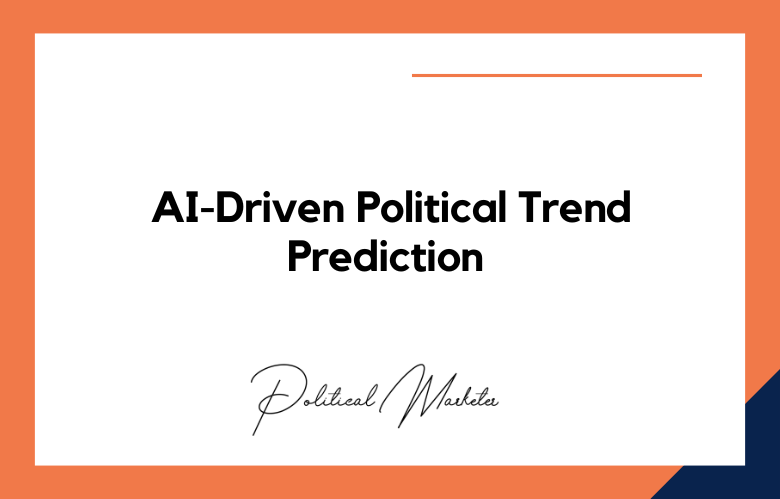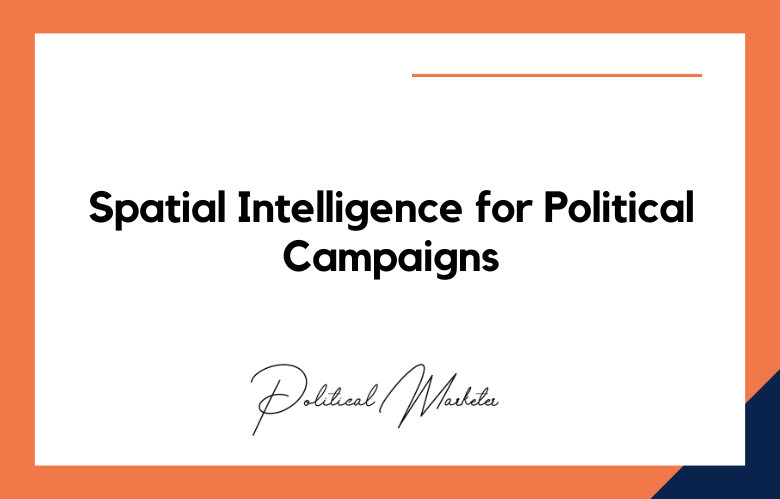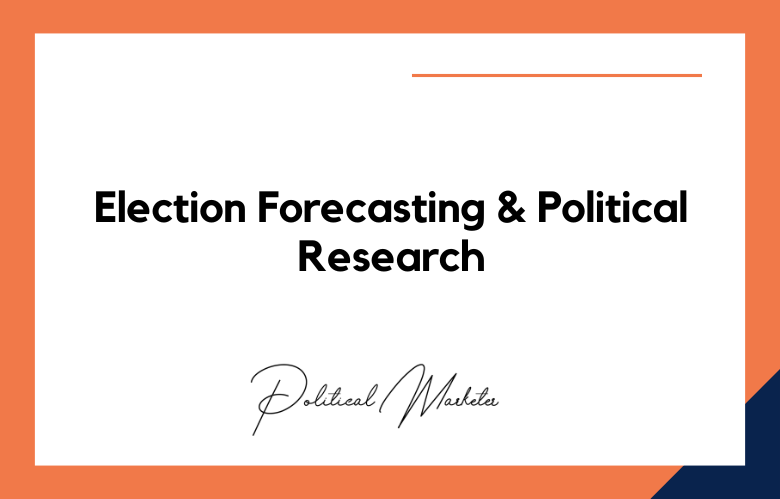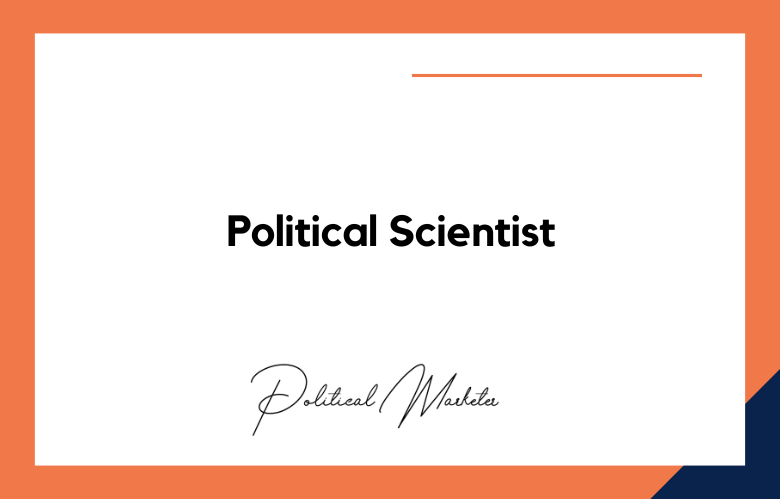Politicians have always relied on public opinion to gain support for their agendas. Over the years, they’ve honed their techniques for manipulating the masses to achieve their objectives. One such technique is Astroturfing, which involves creating the appearance of grassroots support for a cause or political leader.
In reality, Astroturfing is a well-planned and well-funded campaign orchestrated by special interest groups to sway public opinion in their favor. We’ll explore the ins and outs of Astroturfing in politics, how it works, and how to identify it.
Grassroots or Astroturf? Unraveling the Secrets of Political Astroturfing
Political Astroturfing is creating a false impression of a grassroots movement to influence public opinion and policy. This deceptive tactic has become increasingly prevalent in recent years, with well-funded interest groups using their deep pockets to create the illusion of widespread public support for their causes.
Astroturfing often involves the use of social media platforms, with fake profiles and accounts being created to spread propaganda and amplify messages. It can also include using paid protesters and staged rallies to make the impression of a groundswell of popular opinion.
The disturbing reality is that Astroturfing can be highly effective in shaping public perception and driving policy decisions. In some cases, it has even been used to undermine the democratic process, with foreign actors using astroturfing tactics to interfere in elections and subvert the will of the people.
From Grassroots to Bogus: The Rising Tide of Astroturfing in Politics
Astroturfing, a term coined in the early 1980s, refers to creating a false sense of grassroots support for a particular political candidate, issue, or cause. The procedure involves hiring paid individuals or organizations to create and spread propaganda, masquerading as genuine citizens’ opinions, to manipulate public opinion in favor of their interest.
In recent years, Astroturfing has become a significant and disturbing trend in political campaigns, as it undermines the democratic process and manipulates public opinion.
Astroturfing is challenging to detect, as it often appears as genuine grassroots support rather than paid propaganda. Industries and organizations eager to sway public opinion hire astroturfers to create the illusion of popular support for their policies, ideas, or candidates.
The Matrix of Astroturf: How Fake Grassroots Campaigns Influence Politics
The use of fake grassroots campaigns, also known as Astroturfing, has become increasingly prevalent in politics. These campaigns aim to create the illusion of genuine public support for a particular issue or candidate, while in reality, they are often driven by corporate or political interests.
One of the most significant examples of astroturfing in recent years was the fight over net neutrality. In 2017, the Federal Communications Commission received millions of comments on their proposal to roll back net neutrality regulations. However, investigations revealed that most of these comments were fake, with many coming from bots or using stolen identities.
Ways of Astroturfing in Politics
Astroturfing in politics refers to the practice of creating a false appearance of grassroots public support for a political cause, candidate, or policy. It involves coordinated campaigns that simulate organic citizen movements but are actually funded, managed, or influenced by political parties, corporations, or interest groups.
This deceptive strategy often uses paid volunteers, fake social media accounts, sponsored protests, or manipulated online discussions to manufacture public opinion. By making orchestrated efforts look spontaneous, astroturfing seeks to sway undecided voters, pressure policymakers, or distort media narratives.
Digital platforms have made astroturfing more sophisticated. Bots, influencers-for-hire, and algorithmic amplification are used to artificially boost hashtags, comments, or trending topics to make an issue appear widely supported or opposed.
The ethical concern lies in its manipulation of democratic processes by blurring the line between genuine civic participation and orchestrated propaganda. It undermines transparency, weakens public trust, and distorts democratic debate.
To counter astroturfing, governments, media organizations, and citizens must strengthen fact-checking mechanisms, enforce campaign transparency laws, and promote digital literacy. Recognizing authentic grassroots engagement from manufactured movements is key to protecting democratic integrity.
| Aspect | Description |
|---|---|
| Concept | Astroturfing is the practice of fabricating or simulating grassroots political support through coordinated campaigns disguised as citizen-led movements. |
| Purpose | Seeks to manipulate public perception, influence voter sentiment, and create the illusion of widespread approval or opposition. |
| Tactics Used | Includes fake social media accounts, paid influencers, bots, sponsored protests, and artificially generated online discussions. |
| Digital Amplification | Uses algorithms, trending hashtags, and coordinated content drops to give visibility to orchestrated narratives. |
| Funding Sources | Typically backed by political parties, corporations, advocacy groups, or lobbyists seeking to shape public discourse. |
| Media Manipulation | Exploits news outlets and online platforms to spread orchestrated stories under the guise of public opinion. |
| Psychological Impact | Creates social pressure by making people believe a majority supports or opposes a particular cause or leader. |
| Examples of Use | Seen in elections, policy debates, corporate lobbying, and geopolitical propaganda campaigns. |
| Ethical Concerns | Misleads the public, suppresses genuine voices, and erodes trust in democratic and journalistic institutions. |
| Detection Challenges | Hard to trace due to anonymous accounts, coordinated messaging, and digital anonymity tools. |
| Role of Technology | AI-generated content and automated bot networks make astroturfing faster, cheaper, and more convincing. |
| Regulatory Oversight | Few laws directly regulate astroturfing, making enforcement difficult across borders and platforms. |
| Media Responsibility | Journalists must verify sources, identify coordinated patterns, and report transparently to prevent manipulation. |
| Public Awareness | Citizens should be trained in digital literacy to recognize fake engagement and question viral trends critically. |
| Fact-Checking Tools | Platforms and NGOs use AI-driven systems to flag coordinated disinformation or fake engagement campaigns. |
| Impact on Democracy | Distorts public debate, polarizes societies, and undermines genuine grassroots participation. |
| Countermeasures | Transparency in funding, stricter disclosure laws, and collaboration between tech companies and regulators are essential. |
| Academic Research | Political scientists study astroturfing patterns to understand its influence on elections and policymaking. |
| Social Media Platform Role | Platforms are expected to monitor suspicious activities, label coordinated content, and remove deceptive networks. |
| Future Outlook | Astroturfing will evolve with AI and deepfake technologies, making proactive transparency and digital education more critical. |
Unmasking the Puppet Masters: Exposing Astroturfing in Political Strategy
In recent years, there has been an increasing awareness of political astroturfing, which creates artificial grassroots movements to manipulate public opinion. This insidious strategy involves using fake social media accounts, paid trolls and even bots to promote a particular political agenda and drown out dissenting viewpoints.
One of the most concerning aspects of Astroturfing is that it is often difficult to identify. These fake accounts and trolls are designed to appear genuine, making it nearly impossible for the average social media user to differentiate between legitimate and fabricated support for a given cause.
The Art of Illusion: Decoding Astroturfing in Political Campaigns
Astroturfing has become a common phenomenon in political campaigns, causing much controversy and concern. This deceptive tactic involves creating the illusion of grassroots support for a particular candidate or issue through fake social media accounts, fake news articles, and other forms of online manipulation.
Such tactics are often used to sway public opinion in favor of a particular candidate or to discredit the opposition. They are also used to create an impression of widespread support for a specific issue or policy, even when that support may not exist in reality.
Astroturfing is not new, and political actors have used it for decades. However, with the widespread use of social media and other digital communication tools, the practice has become much more prevalent and sophisticated.
Astroturfing Politics: Manipulating Public Opinion with Fake Grassroots Movements
Astroturfing, also known as fake grassroots movements, has become a significant strategy in contemporary politics to manipulate public perception and influence social change. This technique involves creating a false impression of a grassroots movement to further the interests of a particular political party, corporation, or individual.
As social media channels and digital communication platforms rapidly evolve, astroturfing strategies have become increasingly sophisticated and effective, highlighting the importance of maintaining a vigilant approach to distinguish genuine grassroots campaigns from astroturf ones.
The critical objective of Astroturfing is to spread propaganda and disinformation by mimicking genuine grassroots movements to influence public opinion and decision-making processes. These campaigns are often initiated by well-funded corporate or political entities who employ professionals to manage the audience and manipulate the narrative strategically.
Astroturfing and Democracy: The Threat to Genuine Political Engagement
Astroturfing is a growing threat to genuine political engagement in modern democracies, as it enables powerful corporations and special interest groups to manipulate public opinion and distort the democratic process.
Astroturfing, also known as fake grassroots activism, refers to creating false online or offline identities and using them to promote a particular agenda or viewpoint, often without disclosing the trustworthy source of the message.
One of the most insidious aspects of Astroturfing is that it can be challenging to detect, as it often employs sophisticated tactics to create the illusion of genuine grassroots support. Astroturfers may use paid actors, fake social media accounts, or even bots to generate a false public consensus around a particular issue or candidate.
Conclusion:
Astroturfing has been part of the political scene for years, and it has only become more prevalent with the rise of social media. The tactic creates a false grassroots movement that can manipulate public opinion and give rise to undue power and propaganda. It is essential for ordinary citizens to be aware of Astroturfing and to stay alert in this era of fake news and social media deceit.
By staying informed and vigilant, we can prevent Astroturfing from disrupting democracy. Genuine political movements often begin from the bottom up, with rich ideas and a concrete vision that reaches the public through authentic channels. Remember, support is only sometimes what meets the eye, especially in the era of Astroturfing.
Astroturfing is a dangerous tactic used by political operatives to manipulate public opinion. The manipulation of facts, information, and narratives forces people into making decisions that are not in their best interest. It deprives them of the opportunity to make an informed decision based on reliable sources of information.
With Astroturfing on a steady rise, now more than ever, it has become essential for citizens to critically evaluate information and sources before making political decisions. It is high time that we recognized the dangers of astroturfing and condemned these underhanded political tactics to preserve democracy.
Call: +91 9848321284
Email: [email protected]
Astroturfing in Politics Exposed: FAQs
What does “smoke and mirrors” mean in politics?
It refers to tactics used by politicians or governments to distract the public, create illusions, or obscure the truth behind policies, actions, or failures.
Why do politicians use smoke and mirrors tactics?
To manipulate public perception, divert attention from controversies, control media narratives, and maintain political power.
What are common examples of political smoke and mirrors?
Announcing flashy but empty reforms, focusing on symbolic gestures over substance, scapegoating, and using crises as distractions.
How does media contribute to the smoke and mirrors effect?
Certain media outlets may amplify misleading narratives or sensationalize minor stories, drawing attention away from important issues.
What role does timing play in political misdirection?
Politicians often release controversial news during major events or holidays to reduce media scrutiny and public backlash.
Is smoke and mirrors the same as propaganda?
Not exactly. While both involve manipulation, smoke and mirrors is more about distraction and misdirection, whereas propaganda is aimed at shaping ideology or belief.
Can public relations be used as a smoke and mirrors tool?
Yes. PR campaigns can be strategically designed to mask failures, shift blame, or promote superficial achievements.
What are the dangers of smoke and mirrors in governance?
They can erode trust, delay real solutions, lead to poor policymaking, and damage democratic accountability.
How do citizens fall for smoke and mirrors tactics?
Due to information overload, emotional appeals, media bias, confirmation bias, and lack of critical media literacy.
Are smoke and mirrors tactics legal?
While not illegal in most cases, they can border on unethical behavior, especially when they involve misinformation or deception.
What is an example of a smoke and mirrors policy?
A government announcing a large infrastructure project with no budget, timeline, or execution plan is a classic example.
How can journalists expose smoke and mirrors politics?
By investigative reporting, fact-checking, analyzing policy implementation, and connecting the dots beyond political statements.
Do political parties use smoke and mirrors against opponents?
Yes. Opposition may be portrayed as villains or blamed for systemic issues to deflect criticism from those in power.
Can international diplomacy involve smoke and mirrors?
Yes. Leaders may stage high-profile meetings or make vague promises to appear cooperative while hiding true intentions.
Is the use of smoke and mirrors more common during elections?
Absolutely. Politicians often use emotional appeals, exaggerations, and distractions to sway voters and suppress scrutiny.
How can voters see through smoke and mirrors?
By seeking diverse sources of information, questioning political timing, fact-checking claims, and analyzing past performance.
Are celebrity endorsements a form of political distraction?
Sometimes. They can be used to deflect from issues or to reframe a politician’s image rather than discuss substantive policies.
What is the impact of social media on political misdirection?
Social media accelerates the spread of distractions, viral controversies, and emotional content—amplifying smoke and mirrors tactics.
How do authoritarian regimes use smoke and mirrors?
They may suppress dissent, manipulate narratives through state-controlled media, and stage grand spectacles to mask repression.
Can transparency policies reduce smoke and mirrors politics?
Yes. Strong transparency, press freedom, and civic education can help hold leaders accountable and counter political misdirection.










